
Green time is better than screen time
Posted on Sep 9 2020 by admin
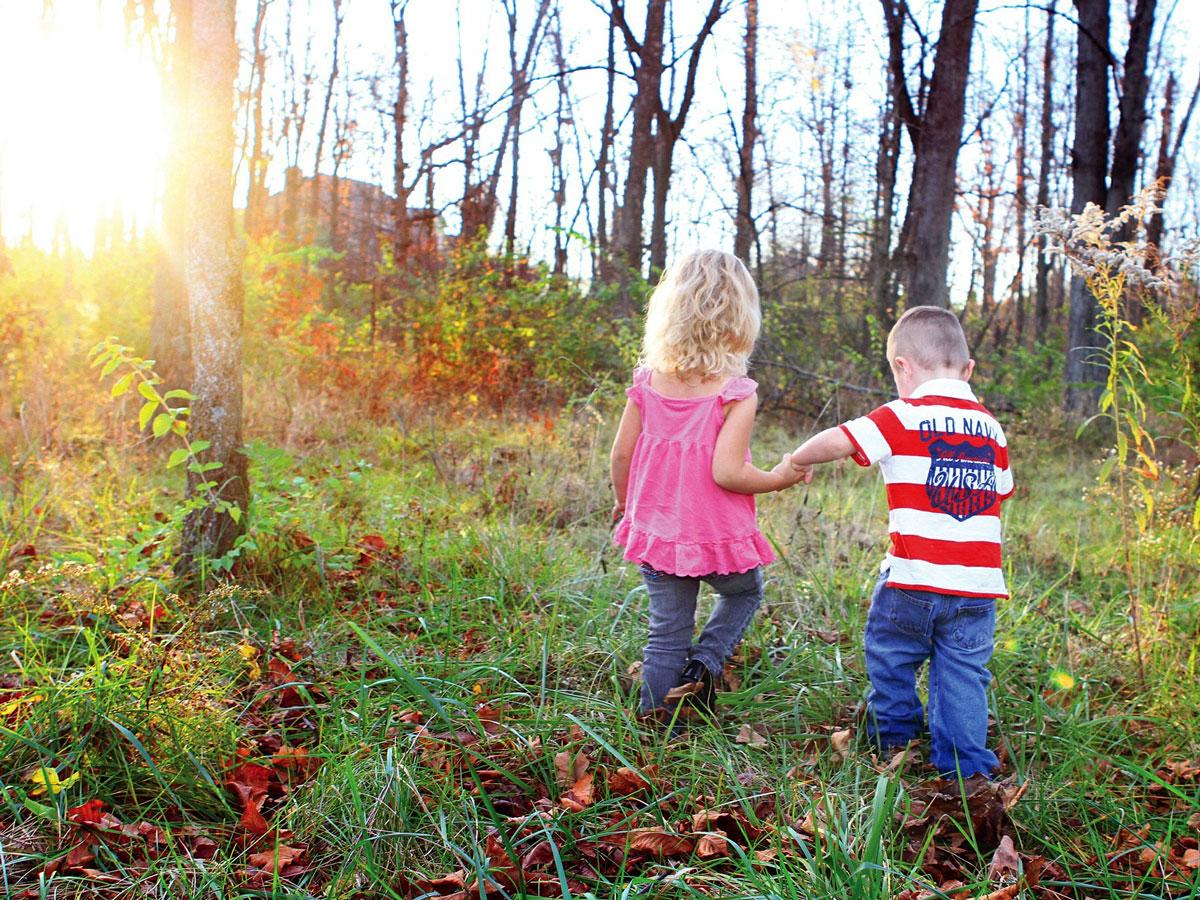
Children and teenagers could potentially improve their wellbeing and achieve better school results by spending more time outdoors, University of Adelaide research suggests.
Green Time vs. Screen Time
The Children Nature Network compiled data from 186 studies. They state, “generally, high levels of screen time were associated with unfavorable psychological outcomes, while green time tended to be associated with favorable psychological outcomes.”
Unfavorable psychological outcomes from screen time include
Depression
Anxiety
Stress
Psychological distress
Poor self-regulation
Emotional challenges
Negative affect or mood
Favorable psychological outcomes from green time include
Happiness
Resilience
Hope
Prosocial behaviors
Positive affect
Self-esteem
Cognitive functioning
Academic achievement
For these reasons and more, We emphasize outdoor learning and play as important aspects of the school day for each student in every grade. We encourage limiting media use and screen time to high school students.
Tassia suggests that further research will help us to work out whether we should focus our efforts on reducing young peoples’ screen time; or whether simply increasing ‘green time’ alongside their ‘screen time’ would be beneficial for their psychological wellbeing.
“Prevention is key and identifying exposures which harm or help mental health is especially important for young people,” she says.
“The psychological consequences of excessive screen time appears to possibly be worse for these children, while psychological benefits of green time appears to possibly be greater for these children.”
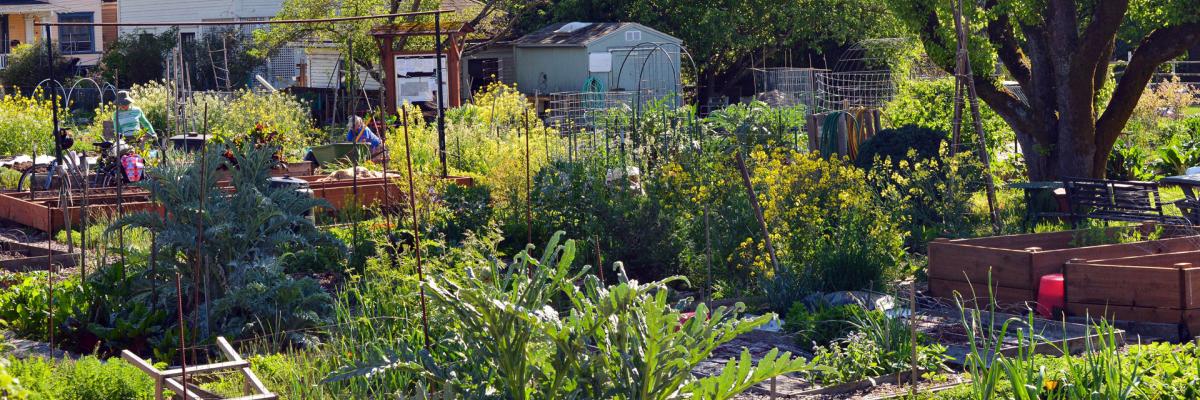
Kids' 'green' time reduces adverse effects of 'screen' time on behavior, learning
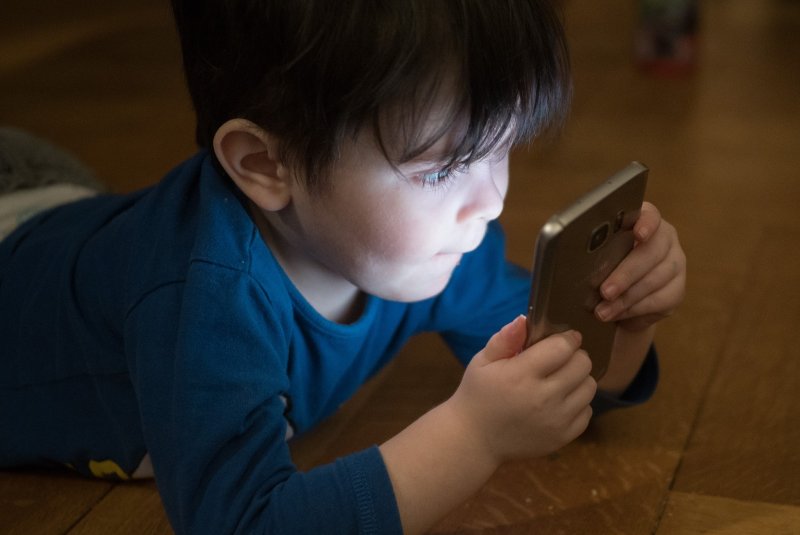
Studies show screen time can adversely affect behavior and learning in children, but the effects can be balanced with increased time outdoors. Photo by
More time spent outdoors -- and less in front of a screen -- leads to improved mental health in children and adolescents, according to an analysis of existing research published Friday by the journal PLOS ONE.
Based on data from 186 previously published studies, researchers determined that young people who spent more time on handheld games and devices, television and computers were more likely to have behavior and emotional problems and display symptoms of aggression and attention deficit-hyperactivity disorder.
The young people also were more likely to have learning or social difficulties.
Conversely, children who spent more time outdoors and who had increased access to "green" spaces for play and learning were less likely to have these undesirable traits.
Preliminary evidence suggests that green time potentially could limit the effects of high screen time, meaning nature may be an under-utilized public health resource to promote youth psychological well-being in a high-tech era, according to Oswald and her colleagues.
How to Get Your Kids to Spend More Time Outside
From planning a road trip around "rockhounding" opportunities to building your own outdoor play area, these fun family activities are guaranteed to spark your child's interest in nature.
Show a child a tree stump, and they'll likely jump onto it, inspect it, or peel away a bit of its bark. One thing they probably won't do, though, is leave it untouched. "That's the thing about nature. Being outdoors invites kids to observe and participate. There's so much to see and investigate."
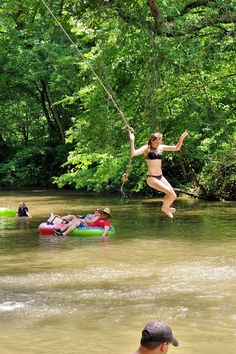

According to the American Academy of Pediatrics (AAP), children who spend time playing outside experience better physical health, are more engaged in learning, express better behavior, and are mentally healthier than kids who don't.
Here's How To Get Your Child Playing Outside More
If the pull of screens and the comfort of the couch have made the outdoors a tough sell to your child, start by reminding yourself that you don't have to trek to a national park. Nature is, after all, everywhere. Here's a list of oh-so-doable ways to bring a little more fresh air into your family's life.
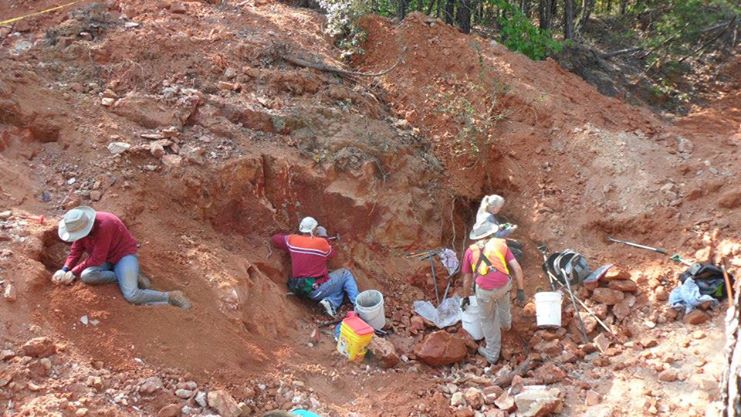
Try your hand at rockhounding
Have a budding geologist on your hands? Or maybe just a kid who loves to dig in the dirt? Rockhounding, otherwise known as amateur geology, is a fun way families across the country have started to spend time outside.
The activity involves collecting mineral specimens, rocks, semi-precious gems, petrified wood, and invertebrate fossils from the earth. Whether you're heading out on a road trip and taking a detour or heading out on a "field trip" focused specifically on digging for rocks and gems, it's wise to check land ownership when planning a rockhounding trip.
You can check the Bureau of Land Management website and learn about rockhounding etiquette and rules and regulations on the USDA Forest Service site.
Go off-road with toy cars
If you've got a little hot rod racer at home, try this fun activity: take your remote control cars to a park to vroom-vroom over rocks, dirt, and twigs. This fantastic tactile experience is far more satisfying than driving these battery-operated cars across a carpet or a smooth wooden living room floor.
Create challenges by setting up ramps, bridges, and other wonky terrains for the cars to traverse. Not only will your child have a marvelous time with their toys, but they'll be exploring nature in an up-close and super fun way.
Playing Outside May Make Kids More 'Spiritual'
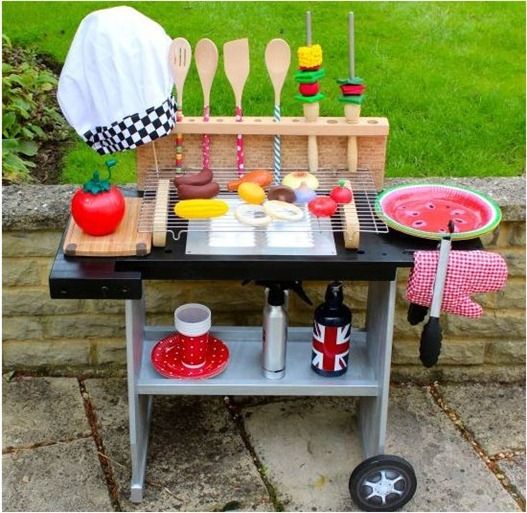
Play camp kitchen
If your kid enjoys whipping up meals of faux food, they'll love playing "campfire" in the backyard. Help your little one pack their play pots and pans, rubber chicken, and whatever else your little chef suggests into a backpack, then head out to collect kindling and build a "fire."
Is it mud season in your neck of the woods? Set up a mud pie-making station by pulling out pie plates, spoons, spatulas, and other fun kitchen stuff. Then start scooping up heaps of ooey, gooey, amazing mud, and let the creativity begin. Try decorating your pies with flowers, fun rocks, and twigs that you find outside.
13 Ways to Make Your Backyard More Fun
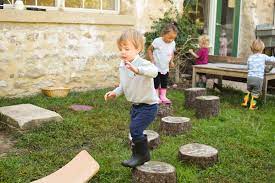
Create your own outdoor play area
Creating a special outdoor play area can make your backyard just as adventurous and thrilling as heading out to a special destination. From building sandboxes to tree houses, hammocks to tire swings to a mud kitchen den (an outdoor space equipped with bowls, utensils, a sink, water—and mud!), there are many ways to promote exploration and sensory play for your children right at home.
You could also try an obstacle course that will get kids moving or a whimsical set-up like a magical gnome garden, a bear cave, or a wild animal safari to stimulate their growing imaginations. One-off projects like rainbow bubbles can also make for a memorable experience.
7 Backyard Camping Ideas for Kids
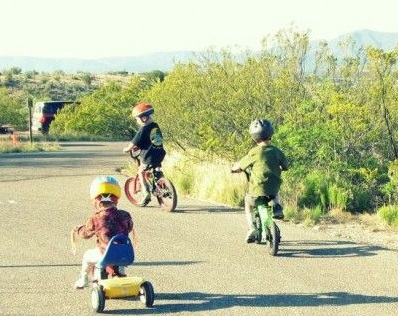
Take Barbie into the wild
Kids learn through the power of play, which is why it's so common to see kids with a Barbie teddy bear or superhero (or some other doll-type toy) in hand as they explore the world around them. Have your child pick their favorite action figure or doll that you don't mind getting dirty, and take a trip the great outside.
You can check out your local park, a forest with trails, or even your backyard, where your child can explore nature and their imagination through hands-on play. How better to demonstrate the Hulk's strength than to have him lift a real "boulder"? (Okay, it was a rock, but still.)
Independent Outdoor Play is Critical for Kids—Here's How Parents Can Help
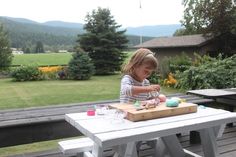
Get crafty
Little ones who like to paint on paper will be psyched to do so on snow or the driveway. Mix water with food coloring, pour it into spray bottles and let your kid channel Jackson Pollock.
If the weather is cold enough to freeze water in your neck of the woods, try adding food coloring to some water and pouring it into fun shapes like snow brick molds, latex gloves, balloons, or cookie sheets. When they freeze, you've got some wild shapes to build with. Your child can tap into their inner Michaelangelo and create fun winter sculptures.
The next time you're in the woods, gather up twigs, leaves, pine cones, and other natural fins and create a lovely glue-on-paper collage.
Go bird-watching
"Once kids are introduced to this activity, a love of nature evolves naturally," says Jane Kirkland, author of the children's book Take a Backyard Bird Walk. "Watching birds requires that kids look from the sky to the ground and everywhere in between."
Get to know the birds in your region. The next time you head outdoors with your child, bring a pair of binoculars. Survey trees, bushes, telephone poles, and grass for feathered friends. Observe a bird's colors, size, and behavior. Listen to its song, and watch how it flies.
Younger kids will need you to tell them what they're seeing, but older kids can make notes and later identify the birds in books or online. Attract birds to your yard with a bird feeder, a birdbath, or a nest box.
8 Spring Activities for Preschoolers
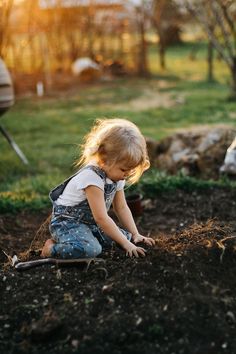
Spell it with sticks
Use a twig to inscribe letters in sand or dirt, or play the alphabet game (find elements in nature that start with a, b, c, and so on) while on a walk.
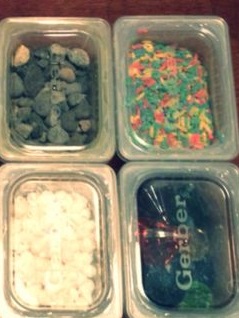
Play "rock" music
One creative and fun activity you can try at your local botanical garden or public forest is to collect items like rocks, acorns, and sticks, then seal them in storage containers. Try shaking them to hear the different sounds they make. Once you get a few different sounds, try making up a song!
24 Cheap Summertime Activities for Kids
Keep your eyes open
"One winter, my kids and I drove up to Mount Agamenticus in southern Maine and found ourselves standing face-to-face with a snowy owl, which turned and stared at us," says Veilleux. "It was magical to have such a close encounter."
Introducing kids to nature can open up a world of magical happenstance, like unexpectedly meeting a snowy owl or spotting a beautiful butterfly. Think of outings as an opportunity to learn more about the nature around you by reading up on local animals, plants, and insects.
Try documenting all of your finds by creating a family scrapbook where you and your children can jot down notes, save pictures, and even cool little trinkets—like bird feathers and sea shells—that you find along the way.
17 Things to Do at the Beach with Kids
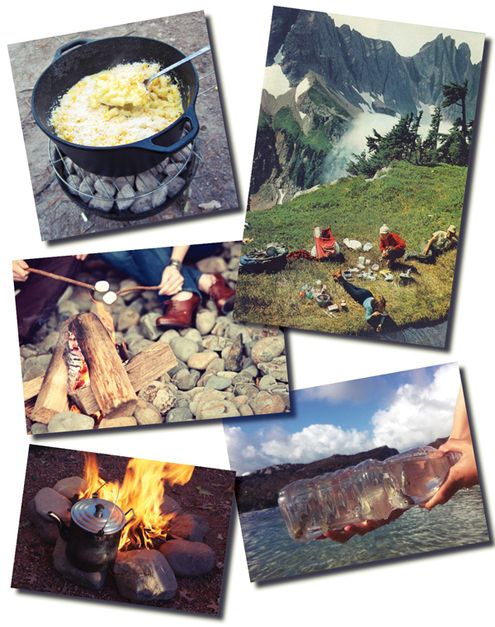
Let your kids rough it
Judy Chen, a New York City mom of Leo, 5, and aunt of Hazel, 7, does not like to camp, but when Leo begged, she and her husband took the kids on an overnight trip. It was hard but worth it, particularly as a teamwork exercise.
The family had to prepare, eat, and clean up dinner before dark, so the kids helped look for sticks to make the fire and toast marshmallows while the grown-ups prepped the food.
"The kids learned to be creative and patient and realized they don't need a lot to have fun," says Chen. "They felt proud that they were helping out, and it was a great way to bond as a family."
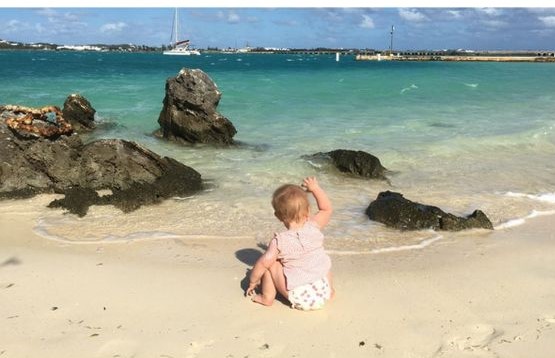
Lead yourself to water
Aquatic environments can reveal a whole host of creatures your child may have never seen before, not to mention textures, sounds, and scents.
"My girls love to explore tide pools," says Veilleux. "They look for sea shells and other ocean treasures, then use them to deck out their sand castles."
Little wonder the water has such a good effect—research from Michigan State University found that people who live with a view of an ocean or a lake are generally happier.
20 Fun Backyard Water Games for Kids
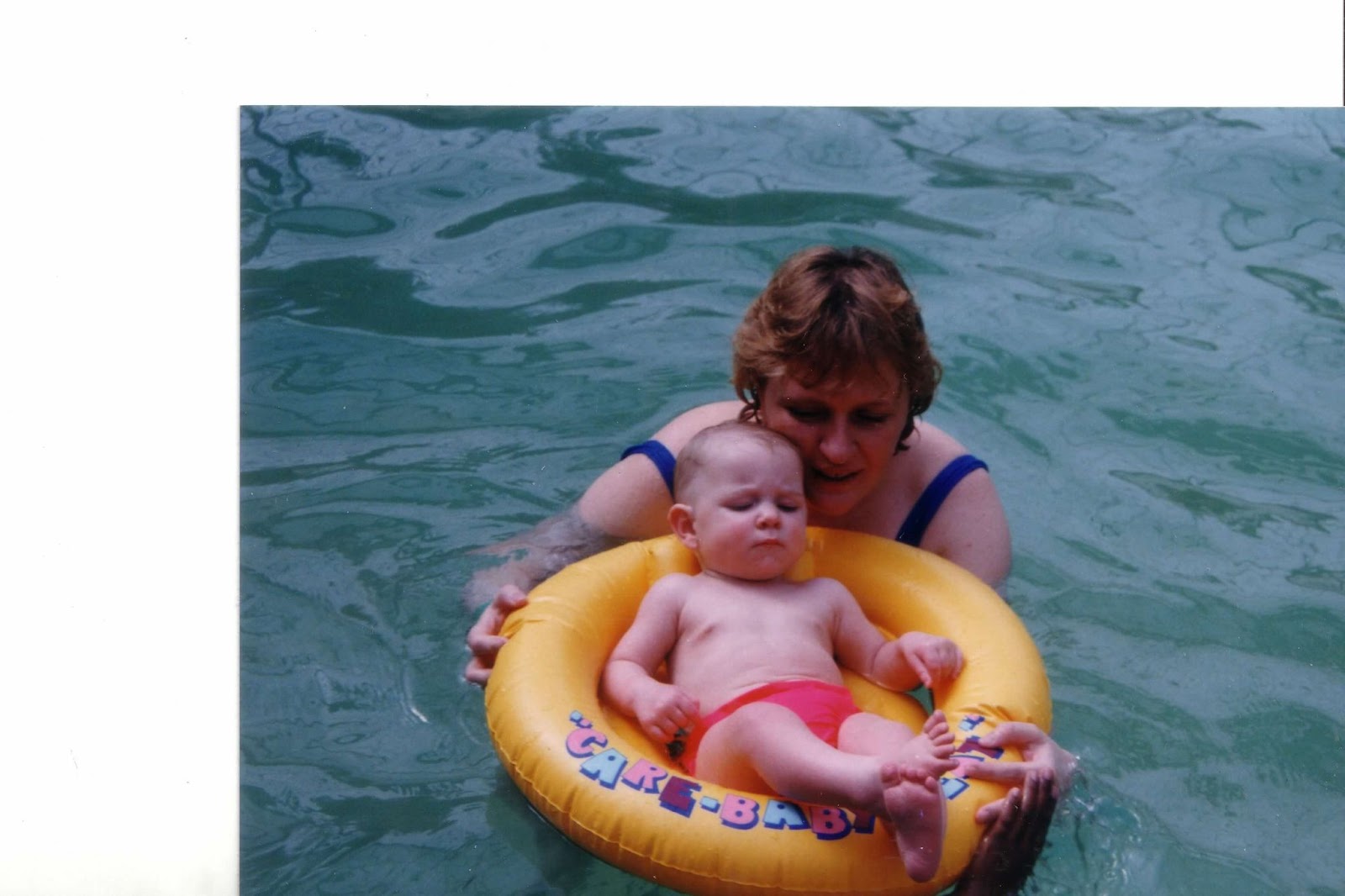
Plan some nature travel
You might want to plan a trip to an outdoor adventure travel destination where you can go hiking, rock climbing, rafting, or check out hot springs.
Depending on where you live, the terrain for these activities could be right in your backyard, or you might do well to check out one of the destinations touted by U.S. News & World Report's best adventure vacations, such as the Grand Canyon (which made #1 on the list), Yellowstone (which offers 3,000-plus square miles of mountains, canyons, geysers, and waterfalls), or the Adirondacks (where you can go skiing, snowshoeing, or bobsledding in the winter and biking, fishing, hiking, canoeing, and whitewater rafting in the summer).
Family Trips to National Parks
"Monitoring screen time can be difficult for parents -- especially at the moment when many children have transitioned to online learning due to COVID-19 lockdowns," Oswald said.
"Trying to encourage a balance of activities is good -- so if a child spends an hour on a video game, encourage them to get outside for an hour."



